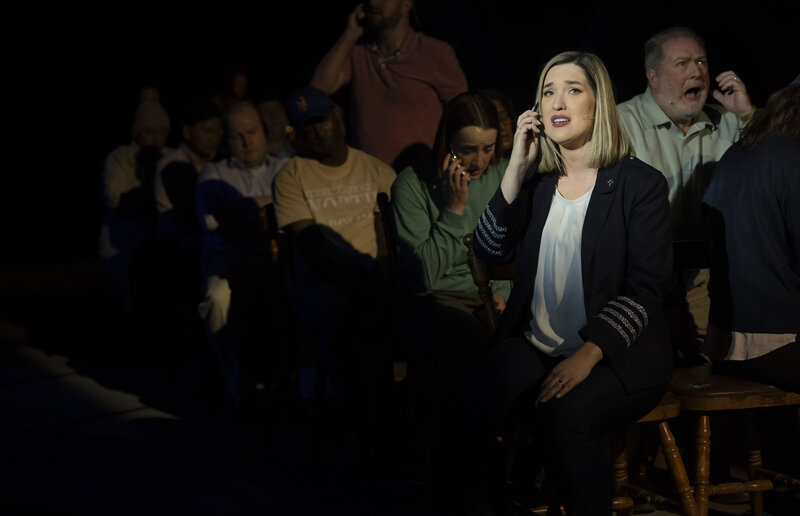In the late 1960s an elderly woman of an indeterminate age took up residence in a London street where there lived many famous names from the city’s stage and literary worlds. Nothing unusual about that, you might be thinking. The fact was that she lived in a dirty and decrepit, hand-painted, yellow van under which was crammed old shopping bags and bits of carpet. She was a well-known figure around Camden Town – what locals tend to a call “a character” – sometimes mocked and persecuted by passers-by.
 When writer Alan Bennett first moved into Gloucester Crescent, this woman, whom he came to know as Miss Shepherd, was already living in the van, although further up the street. He gradually became aware of her as she and the vehicle drifted down the Crescent, after she systematically outstayed her welcome outside every other house where she had parked her van. Eventually the woman became a permanent fixture opposite his home, number 23. For a while, an understanding Council let Ms Shepherd park the van on the street, but eventually indicated enough was enough and suggested it would have to move her on. That is when Bennett told her she could relocate the vehicle to his driveway.
When writer Alan Bennett first moved into Gloucester Crescent, this woman, whom he came to know as Miss Shepherd, was already living in the van, although further up the street. He gradually became aware of her as she and the vehicle drifted down the Crescent, after she systematically outstayed her welcome outside every other house where she had parked her van. Eventually the woman became a permanent fixture opposite his home, number 23. For a while, an understanding Council let Ms Shepherd park the van on the street, but eventually indicated enough was enough and suggested it would have to move her on. That is when Bennett told her she could relocate the vehicle to his driveway.
The van and the lady ended up staying there for 15 years and The Lady in the Van, written by Alan Bennett, from his memoir, is her story as seen through his eyes. In 1999 Bennett turned his biography into a stage play starring Maggie Smith as Miss Shepherd and 15 years later revisited the material to produce the screenplay.
What we have is a portrait of an eccentric woman who arrived from nowhere and took over nearly two decades of Bennett’s life. Put simply, she was a cantankerous, unhygienic vagrant. The film is the story of their relationship and the strange connection they developed. Strong willed and fiercely independent she didn’t smile, was often short tempered and dismissive of others, whoever they may be, and never said “thank you” to those that helped her out. Gradually Miss Shepherd’s back-story is revealed. She was an accomplished concert pianist who was forced to abandon her music when her religious fervour saw her pursue the life of a nun. The suggestion is that the experience damaged her psychologically for the rest of her life. The script also shows sheds light on how she fell out with her family and how she came to be “on the lam”.
Bennett worked with director Nicholas Hytner for nine months to fine tune the story and ensure it was suitable for the big screen.
Alan Bennett’s character (played by Alex Jennings) is split into two – one the writer and the other the regular guy, wrestling with the writer. I remain to be convinced that the device was necessary. For Maggie Smith, in a glittering career that has included Travels with My Aunt, California Suite, A Room with a View and Gosford Park, The Lady in the Van is undoubtedly one of the high points. It is a dominant, flawless, nuanced, “look-at-me” performance in which she captures the essence of a sad but proud figure who lived life by her own rules.
While she is the primary focus, it is the quirky characters in general – those who lived in Gloucester Crescent when the film is set – and the good-natured way in which the story unfolds that elevates it from the ordinary. Who would have thought that a woman who was clearly so different, so “out there”, could be allowed to live in squalor in that part of town for so long?
The Lady in the Van is infused with humour and pathos and scores a 7½ out of 10.
Director: Nicholas Hytner
Cast: Maggie Smith, Alex Jennings, Jim Broadbent
Release Date: 3 March 2016
Rating: M – Mature themes and coarse language
Alex First

David Edwards is the former editor of The Blurb and a contributor on film and television




